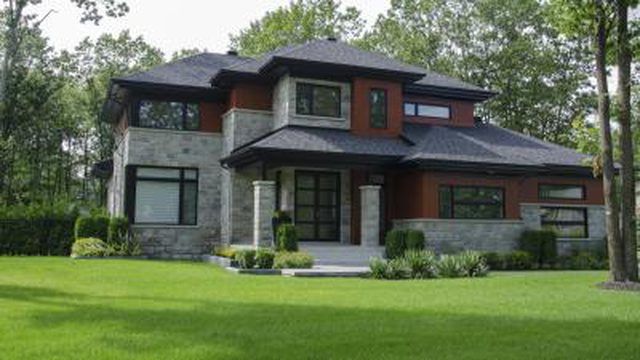Bulbs
Flower Basics
Flower Beds & Specialty Gardens
Flower Garden
Garden Furniture
Garden Gnomes
Garden Seeds
Garden Sheds
Garden Statues
Garden Tools & Supplies
Gardening Basics
Green & Organic
Groundcovers & Vines
Growing Annuals
Growing Basil
Growing Beans
Growing Berries
Growing Blueberries
Growing Cactus
Growing Corn
Growing Cotton
Growing Edibles
Growing Flowers
Growing Garlic
Growing Grapes
Growing Grass
Growing Herbs
Growing Jasmine
Growing Mint
Growing Mushrooms
Orchids
Growing Peanuts
Growing Perennials
Growing Plants
Growing Rosemary
Growing Roses
Growing Strawberries
Growing Sunflowers
Growing Thyme
Growing Tomatoes
Growing Tulips
Growing Vegetables
Herb Basics
Herb Garden
Indoor Growing
Landscaping Basics
Landscaping Patios
Landscaping Plants
Landscaping Shrubs
Landscaping Trees
Landscaping Walks & Pathways
Lawn Basics
Lawn Maintenance
Lawn Mowers
Lawn Ornaments
Lawn Planting
Lawn Tools
Outdoor Growing
Overall Landscape Planning
Pests, Weeds & Problems
Plant Basics
Rock Garden
Rose Garden
Shrubs
Soil
Specialty Gardens
Trees
Vegetable Garden
Yard Maintenance
How to Plan and Prepare for Home Landscaping
How to Plan and Prepare for Home Landscaping. Your landscape design can mean the difference between wowing your guests with curb appeal and making your house stand out for all the wrong reasons. A balanced design with features proportionate to the home's scale is the basis for any home landscape design. Including variety while repeating certain...

Your landscape design can mean the difference between wowing your guests with curb appeal and making your house stand out for all the wrong reasons. A balanced design with features proportionate to the home's scale is the basis for any home landscape design. Including variety while repeating certain elements, such as color and texture, creates an interesting, unified look to your home's exterior.
Analyze Problems and Needs
Long before you start picking out plants or patio materials, you need an idea of what you want for your outdoor space. Walk around your property to figure out what you like and what creates problems. Erosion, lack of shade, uneven ground and poor drainage are examples of problem areas in the landscape. Check out your property from different angles, including from across the street, to see how your current landscaping looks. Identify the areas that lack curb appeal, seem out of proportion or don't fit the style of the home. Decide how you want to use different areas of the yard. Examples include outdoor dining, a child's play area, gardening or general entertaining. Choose the areas that best match each activity. A spot that receives constant sunlight isn't ideal for relaxing or dining, as you won't get any break from the heat. Conversely, a shady area won't work well for garden veggies that need lots of sunlight.
Choose Your Features
Keeping the general purpose in mind for each area, you are ready to nail down the exact features and plants you want to include in the design. Start with hardscape features, such as patios or raised beds. Choose the location and size of those features. Marking the areas with biodegradable spray paint, flour, stakes or an old garden hose in the yard itself gives you a visual to help plan the other elements. When choosing plants to complement the hardscape features, consider their mature size, not the size the plants will be when you buy them. Plan any supplemental water outlets and equipment you'll need for irrigation, and consider that native plants save on irrigation needs and are resistant to local pests and diseases. Identify existing outdoor electrical sources as well as the need for any additional wiring and fixtures needed for landscape lighting.
Put It on Paper
A scale drawing of your home's exterior helps you check the balance and proportion of your landscaping features. Take measurements of your home and your property. Use grid paper to make the scale drawing easier, or investigate free online landscape design programs. Draw in the features you plan to add to the home's exterior, such as patios and water features. Add in plants you want to include to help determine how many of each type of plant you'll need to fill the space. Use colored pencils to indicate the colors of any flowers you plan to include to help balance the color in the planting beds. Use your drawing to make a materials list for your projects. If you plan on building a patio yourself using pavers, for example, you can calculate the number of pavers you'll need based on the dimensions in your drawing.
Clean the Slate
With your landscape design in place, you're ready to prepare your outdoor spaces for the renovation. It's best to start with a blank slate for your new designs. Work carefully around any existing landscape elements that you plan to keep so they don't get damaged. Clear out any debris and old plants that you won't reuse. Demolish any hardscape features you don't plan to keep, such as old patios, fences and raised planters. Correct any problems that interfere with your new landscape design, such as uneven ground or poor drainage, before you start planting and building new hardscape features.